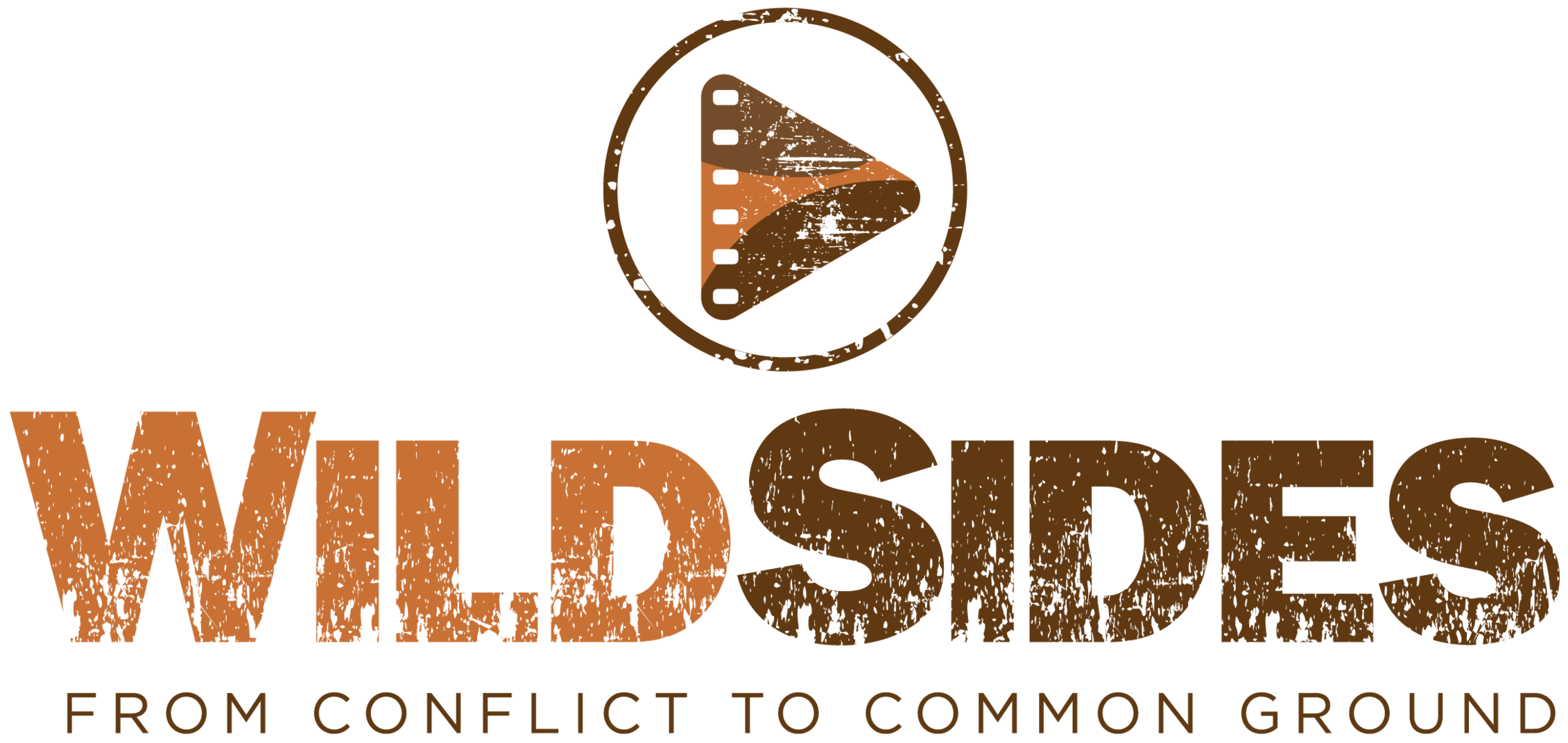Caribou Crossing Behind
This is the second of a five-article series by WildSides intern Erica Krol. Join her journey as she explores the connections between endangered species, pesticide use and all of us. Enjoy!
Throughout the U.S., we actively use pesticides proven by research to be harmful to many living things. According to a study published by the U.S. Environmental Protection Agency (EPA) the pesticides we use adversely impact 97% of endangered species.
In order to explore the personal side of pesticides and endangered species, I must determine what my relationship is to these endangered species. In what ways do these species matter to me or anyone else? How might our lives change if some of these species disappear?
Since studies found that these pesticides adversely affect 1,778 of the endangered species in the U.S., I certainly do not have a shortage of species to research. So I decide to determine the importance of only a few.
Historical Range of Caribou
First, two pesticides, chlorpyrifos and malathion, adversely affect a long list of endangered mammals. I decide to concentrate on caribou. Their historical range included parts of the northeastern United States, northern Michigan, Minnesota, Wisconsin and Maine. However, their range has decreased significantly and now we only find caribou in a very small population in northern Idaho, northeastern Washington and Alaska. This leaves me wondering how these pesticides would affect other species that seem quite similar to caribou, such as deer that many people hunt for food throughout the U.S.
Caribou are very important to the ecosystems they inhabit. They add nutrients to the soil through the vegetation they eat, digest and excrete. They are also an important prey species for many large carnivores, such as bears and wolves. In addition, some people hunt caribou for food and clothing.
I find caribou very intriguing since they used to inhabit parts of northern Michigan, and not very long ago! The last caribou found on mainland Michigan were in 1912 and on Isle Royale in 1928. I can only imagine my drive to school in the winter; the green pines flying by, the snow gently falling and the caribou casually crossing the road ahead. Of course this idea seems much more novel to me now than it would in this fantasy.
Caribou Crosses Road
I also decide to learn all about bats, another very important endangered animal. The same two pesticides, chlorpyrifos and malathion, adversely affect several bat species, including gray bats, Ozark big-eared bats, lesser long-nosed bats, northern long-eared bats and Indiana bats. Bats, in general, are very good at eating insects. Some—like Indiana bats—can eat up to half their body weight in insects per night! That is a lot of bugs. These bat species eat insects such as mayflies, moths, beetles and mosquitoes.
Though many people are not very fond of bats, if bats were no longer around we would have to deal with a lot more insects. Since bats actively hunt agricultural pests, with fewer bats and thus more insects we would likely have to increase the amount of pesticides we use.
Bats are also important because of their ability to pollinate, which ultimately allows certain plants to reproduce. Some species of bats, such as the lesser long-nosed bat, only consume the nectar of certain plants. Lesser long-nosed bats feed on the nectar of, and pollinate, the saguaro cactus. People eat this cactus’ fruit, use it to make wine and jelly, and often use the seeds as chicken feed.
Hibernating Indiana Bats
These are just 6 endangered species affected by these pesticides. Now imagine how important the other 1,772 species are! Even if you don’t recognize the common endangered species living around your home, they are probably still there. These species likely have a bigger impact on you than you may first think.
Though these pesticides adversely affect many endangered species, I realize I need to consider other factors when discussing the cause for a species decline. Pesticide use is just one of these factors, though it may be a very important factor for certain species.
So I’ve learned about the importance of endangered species. But what is my relationship to these two pesticides. How are these pesticides used? How do these pesticides harm wildlife? How do my everyday decisions contribute to this?
Sources
The Environmental Protection Agency: https://www.epa.gov/pesticides/epa-releases-final-biological-evaluations-three-chemicals-impacts-endangered-species
US Fish and Wildlife Service, Caribou: https://ecos.fws.gov/ecp0/profile/speciesProfile?spcode=A088
National Geographic, Caribou: https://www.nationalgeographic.com/animals/mammals/c/caribou/
US Fish and Wildlife Service, Gray Bat: https://ecos.fws.gov/ecp0/profile/speciesProfile?spcode=A04J
US Fish and Wildlife Service, Ozark Big Eared Bat: https://ecos.fws.gov/ecp0/profile/speciesProfile?spcode=A075
US Fish and Wildlife Service, Northern Long Eared Bat: https://www.fws.gov/Midwest/endangered/mammals/nleb/index.html
US Fish and Wildlife Service, Indiana Bat: https://www.fws.gov/midwest/endangered/mammals/inba/inbafctsht.html
US Fish and Wildlife Service, Lesser Long Nosed Bat: https://ecos.fws.gov/ecp0/profile/speciesProfile?spcode=A0AD
Photo Credits
Caribou: https://www.flickr.com/photos/25949441@N02/9616922297
Historical Range of Caribou: http://www.nrcresearchpress.com/doi/pdf/10.1139/z11-025
Caribou Crosses Road: https://www.nps.gov/articles/denali-crp-caribou.htm
Hibernating Indiana Bats: https://www.flickr.com/photos/usfwshq/5600274705



